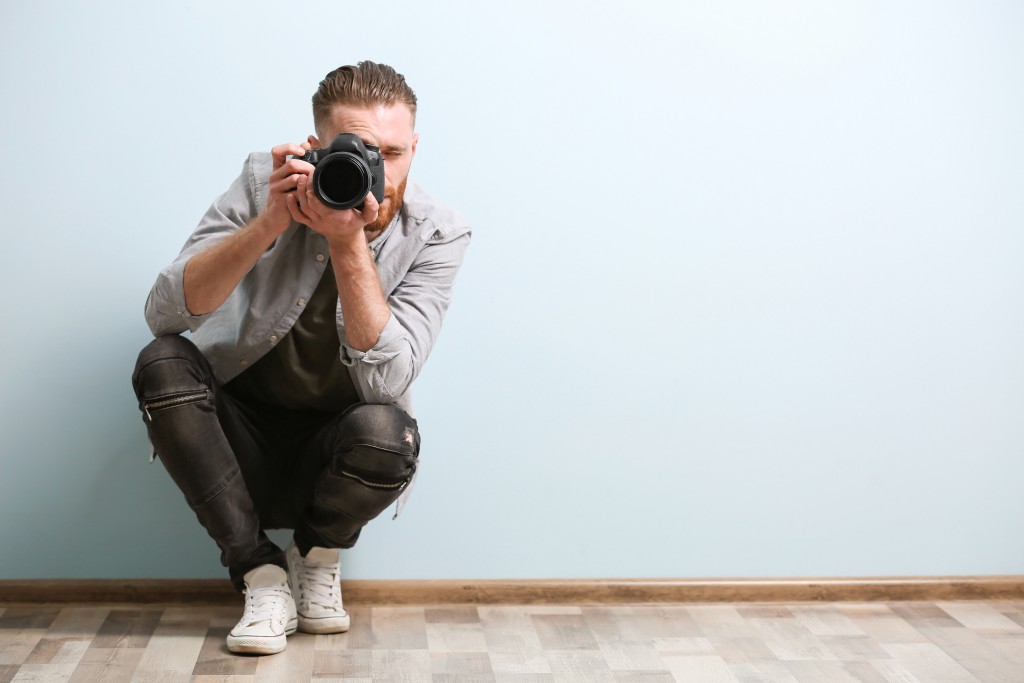In a world where almost everybody has a smartphone, complete with editing capabilities and apps, we’re all photographers walking around with capable cameras in our pockets. Having that ability to instantly whip out your phone and capture images wherever you go is certainly powerful. But it is only one small element of what makes a good photographer. Just as a complex structure succeeds or fails upon the strength of foundations built by a skilled concrete contractor, your pictures’ success depends on how well you’ve mastered these foundational aspects of photography.
Composition
Ansel Adams once said that “the single most important component of a camera is the twelve inches behind it.” Your imagination as a photographer influences how you capture the essence of a scene. It’s your skill with photo composition that allows you to execute that vision and translate it onto the final photograph.
Maybe you started with the subject in the center of every photo or used the built-in grid of your phone camera to follow the rule of thirds. However, there are many other guiding principles in photo composition that will help you shift emphasis to certain elements, grab the viewer’s attention and lead their eye through the image, create or disrupt the balance in a scene, and evoke a sense of motion or tension, to name a few. Practice each one, and you can swiftly apply the right technique to compose your image exactly the way you want it at the moment of capture.
Exposure

Even the best smartphones can yield blurry or grainy images depending on the lighting conditions. Gear can make a difference. If you wield a high-end camera phone, DSLR, or mirrorless, or buy an off-camera flash and other equipment, you can easily shoot great pictures in various situations. But mastering the so-called “exposure triangle” is a fundamental skill of every good photographer. It costs you nothing more than practice and is far more effective at achieving the desired results in every photo.
Learn to be comfortable with manual mode. Use aperture (fixed for many phones) to control the depth of field while letting more or less light into the sensor, ISO to control the device’s sensitivity to light, and shutter speed to increase or decrease exposure time. Through practice, you’ll achieve the optimal balance of these three settings for great images under any conditions.
Post-processing
Many people tend to skip post-processing in photography. They may feel that the job is done once you press the shutter, or they could have negative perceptions associated with any form of “Photoshopping.” But judicious use of the post-processing capabilities of various apps—from industry-standard software to free apps and filters on mobile phones—can be a powerful tool to achieve your creative vision in photography, without having to compromise the integrity of a photo.
We all tend to draw the line somewhere differently when it comes to editing and manipulating images. But what matters is learning the potential of post-processing as part of your skillset, knowing when to use it without becoming overly reliant.
By working on these basic yet essential photography skills, you can improve every picture you take no matter what the situation or subject may be, or what sort of gear you’ve got handy.

